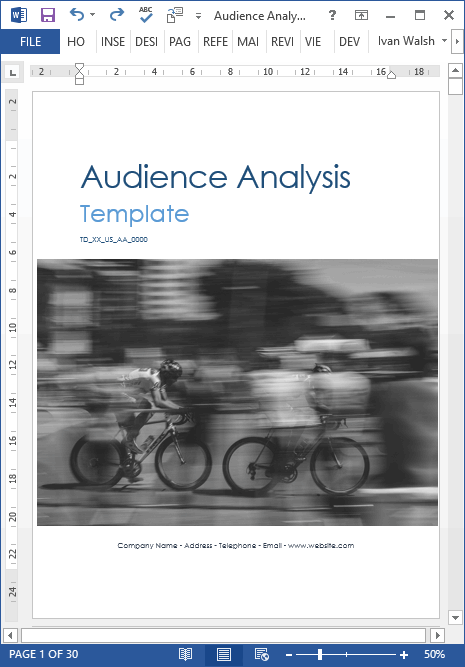Marketing Plan
The Netflix ‘Audience Analysis’ Dilemma
If you use Netflix, you’ll be familiar with the way it tries to anticipate your interests and suggest movies according to your previous viewing patterns.
What’s interesting here is that it’s quite good at it. After using it for a few months, Netflix has started to suggest movies that, reluctant though I am to admit it, are usually what I like. So far, so good.
Indexing Content
Where things break down is to do with indexing. What I mean is that, when you, as a content editor, categorize a film, say The Bourne Identity, you have to assign it different terms. In the industry, these are often called metadata. Data that describes other data. Examples could be:
- Thriller
- Spy
- Action
As these are:
The categories under which the film is located and
The terms (keywords) users will enter when searching.
This is where things don’t go so well.
It seems that multiple tags have been assigned to the same movies. The result is that, as you scroll down the page on Netflix, you’ll see the same movie appear again and again and again…
Now, this is self-defeated. Why?
- It disallows other movies from appearing in the category listings.
- It clutters up the page with the same (limited number of offerings).
- It drives users away from the site.
Think about this. The editors are probably assigning multiple tags to films to cover different tastes, search patterns, and also account for films that don’t fall neatly into one category.
However, by applying too many tags to the file, the results are contaminated and, as a user, I get tired of seeing the same results and lose interest.
What’s the solution?
One solution is to apply weights to the tags (search terms). What this means is that if decide to assign ten terms to a movie, for example,
- Action
- Thriller
- Spy
- Comedy
You also assign different levels of importance to each result. This means the four above may be weighted at follows:
- Action 50%
- Thriller 20%
- Spy 20%
- Comedy 10%
The result is that this weighting is reflected in the search results. The ‘action’ results will appear five times more than ‘comedy’.
What this means in terms of audience analysis is that, after you have determined your audience profile, you have to also factor how you present information, in this case digital content, so it reflects their interests.
Otherwise, you risk doing the hard work and falling at the final hurdle.
Instant Download – Only $9.99!
[Learn more about the Audience Analysis Template here



